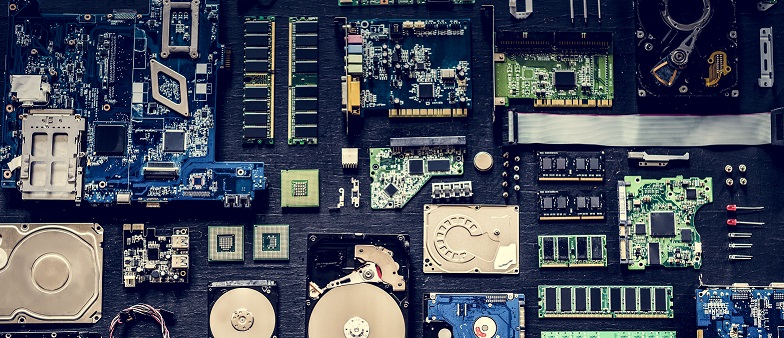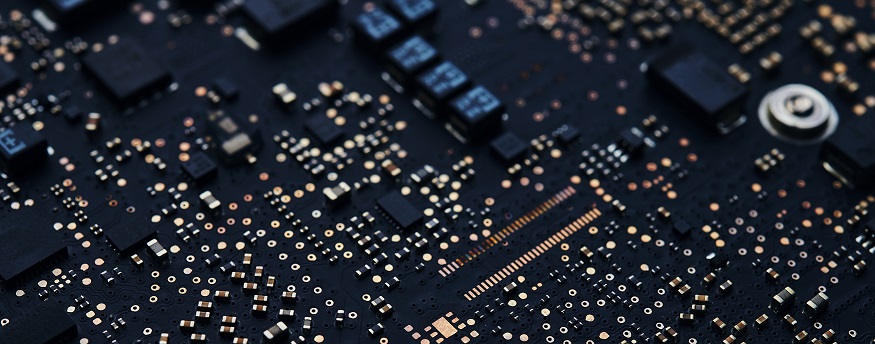Introduction
Artificial intelligence is a rapidly growing industry that has no shortage of applications. It can be used in areas like robotics, machine learning, and computer vision. But to get the most out of AI, you need hardware technology from the ground up.
In this blog post, we will look at the hardware technologies for AI and how they've evolved over time. We'll also discuss some of the new materials being used to improve performance and efficiency. Then we'll look at what makes up a modern-day hardware unit that orchestrates and coordinates computations.
Historically, many people have assumed that AI would be powered by massive supercomputers housed in data centers. This is certainly part of what drives innovation today—but it's not necessary anymore! It turns out that advances in semiconductor technology are making it possible for companies like Google and Facebook to build their own specialized chips that can perform highly parallel operations required by AI; these chips also enable simultaneous computations with other accelerators on different servers in the same data center.
Key components of an AI system
The hardware architecture of AI is always changing and evolving. This is because the field of Artificial Intelligence has been rapidly growing and expanding, which means that the hardware architecture needs to be flexible and scalable to support all the different applications.
Let's discuss some of the main components that make up an artificial intelligence system and how these components can be configured to form an effective platform for AI development.
The hardware platform usually consists of a CPU (Central Processing Unit), RAM (Random Access Memory), flash memory and GPU (Graphics Processing Unit).
a. The CPU handles the execution of complex mathematical operations such as neural network training and data processing.
b. RAM is used by the CPU to store temporary results during calculations while flash memory may be used as storage medium for storing larger amounts of data such as images or videos.
c. The GPU performs computations using high-performance graphics processing units to speed up processing times; it also acts as a processor when there are no other CPUs available on the system at hand.

Semiconductor Market Growth as a result of Advancements in AI
The semiconductor market is on the rise, with AI-based solutions expected to increase demand.
According to a report by McKinsey, the market could reach $300 billion by 2025. This growth is due in part to advancements in artificial intelligence (AI) and machine learning, which are revolutionizing industries from agriculture to healthcare.
Recent reports suggest that semiconductors are set to benefit from this trend, with predictions that the market could grow from $100 billion today to $250 billion by 2030.
The main drivers of this growth include the adoption of AI for image recognition and analytics; autonomous driving; and cloud computing solutions.
In addition to these factors, increased reliance on mobile devices means that demand for semiconductors will continue rising across sectors such as communications, transportation and energy generation.
What does the future hold for AI Architecture?
Defining according to use cases, namely Compute, Memory, Storage and Networking as per McKinsey's report on Artificial-intelligence hardware: New opportunities for Semiconductor Companies, AI Hardware Architecture holds immense potential for the further development of novel technologies.
- COMPUTE
Central processing units (CPUs) and accelerators—graphics processing units (GPUs), field programmable gate arrays (FPGAs), and application-specific integrated circuits (ASICs)—are essential for computing performance (ASICs). The ideal AI hardware design will change since each use case has different computational needs.
- MEMORY
Since deep neural networks' computational layers must swiftly send input data to thousands of cores, AI applications have significant memory bandwidth needs. Memory is needed for both inference and training, often in the form of dynamic random-access memory (DRAM), to store input data, weight model parameters, and carry out other tasks.
Despite this, memory will experience the slowest annual growth of the three accelerator categories (5 to 10%), thanks to improvements in algorithm design (such as improved bit precision) and the easing of industry capacity restrictions. Increased demand in data centers for the high bandwidth DRAM necessary to run AI, ML, and DL algorithms will be the main cause of short-term memory growth. However, as time passes, there will be a greater requirement for AI memory at the edge; for instance, linked cars would require more DRAM. Memory nowadays is often CPU-optimized, although novel architectures are currently being researched.
- STORAGE
Approximately 80 exabytes of data are produced annually by AI applications; by 2025, this number is predicted to rise to 845 exabytes. Additionally, developers are now training AI and DL with more data, which raises storage needs. Storage might experience yearly growth of 25 to 30 percent between 2017 and 2025, the greatest pace of all the market areas we looked at.3 In response, manufacturers will boost the production of storage accelerators, with pricing reliant on supply and demand still being in balance.
- NETWORKING
During training, AI applications use a lot of servers, and this number rises over time. For example, developers only one server to create a basic AI model and fewer than one hundred to enhance its structure. However, the next natural step, training with real data, may need several hundred. For autonomous driving models to detect impediments with an accuracy of 97 percent, more than 140 servers are needed.
Although data-center hardware is now used in most tactics for increasing network speed, researchers are looking into other possibilities, such as programmable switches that can route data in different directions. One of the most crucial training tasks—the requirement to resynchronize input weights across different servers whenever model parameters are updated—will be sped considerably by this feature. Resynchronization can happen virtually instantaneously with programmable switches, which could double to tenfold the training speed. Large AI models would improve performance the most and require the most servers.

Conclusion
Artificial Intelligence is creating a novel approach to computer architecture, one that's more distributed and less vulnerable to the "hot spots" of Moore's Law, which is the observation that the number of transistors in a dense integrated circuit doubles about every two years.
Hardware may be the differentiator that enables cutting-edge apps to being adopted and gaining popularity.
As AI develops, hardware specifications for computing, memory, storage, and networking will change, which will result in new demand patterns. The top semiconductor firms will be aware of these developments and work to develop modern technologies that will advance AI hardware. They'll be a driving force behind the AI applications changing our world in addition to helping their bottom line.
Also read: Deep Learning and AI: Applications | Insights - Tooliqa
Tooliqa specializes in AI, Computer Vision and Deep Technology to help businesses simplify and automate their processes with our strong team of experts across various domains.
Want to know more on how AI can result in business process improvement? Let our experts guide you.
Reach out to us at business@tooli.qa.






.jpg)


